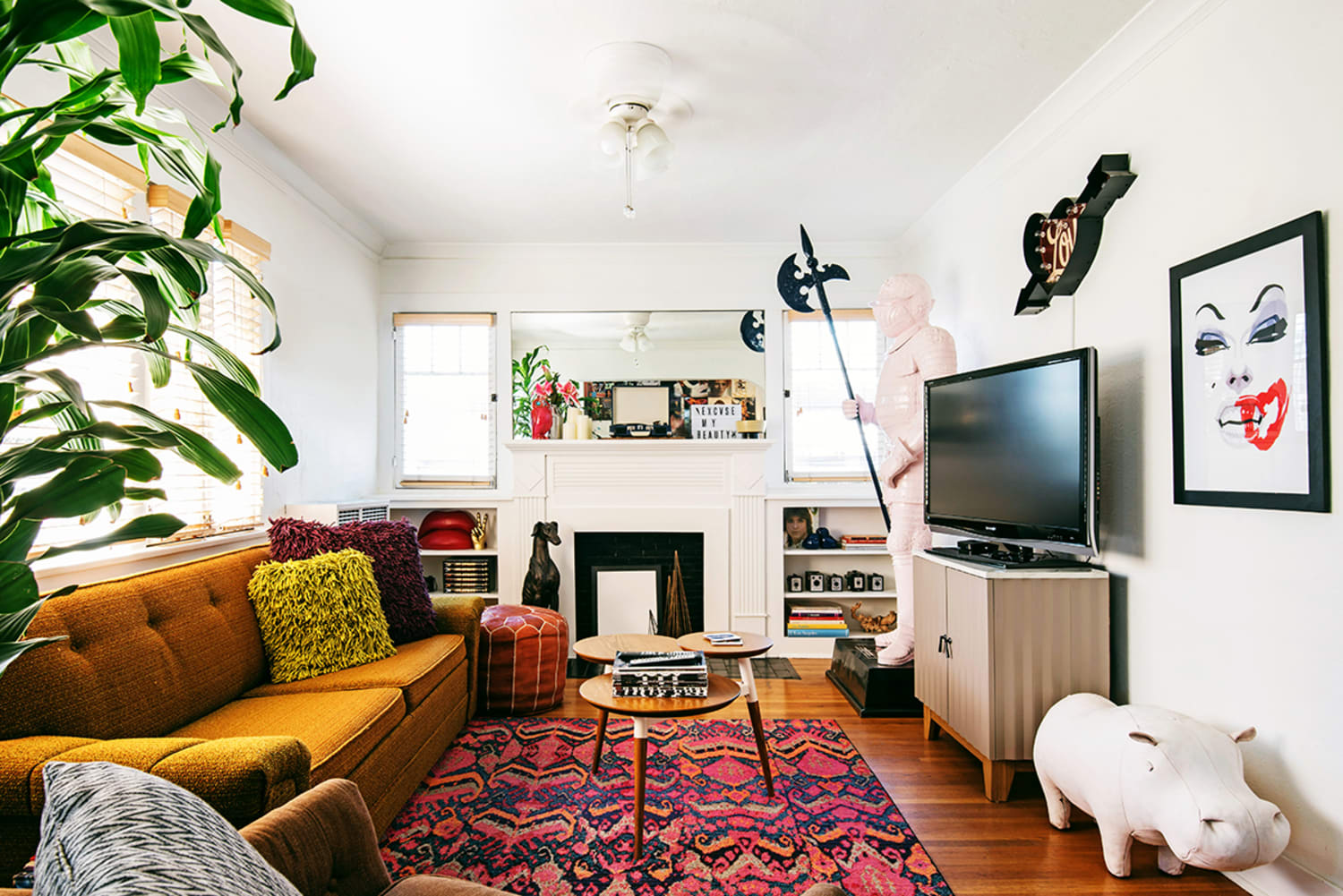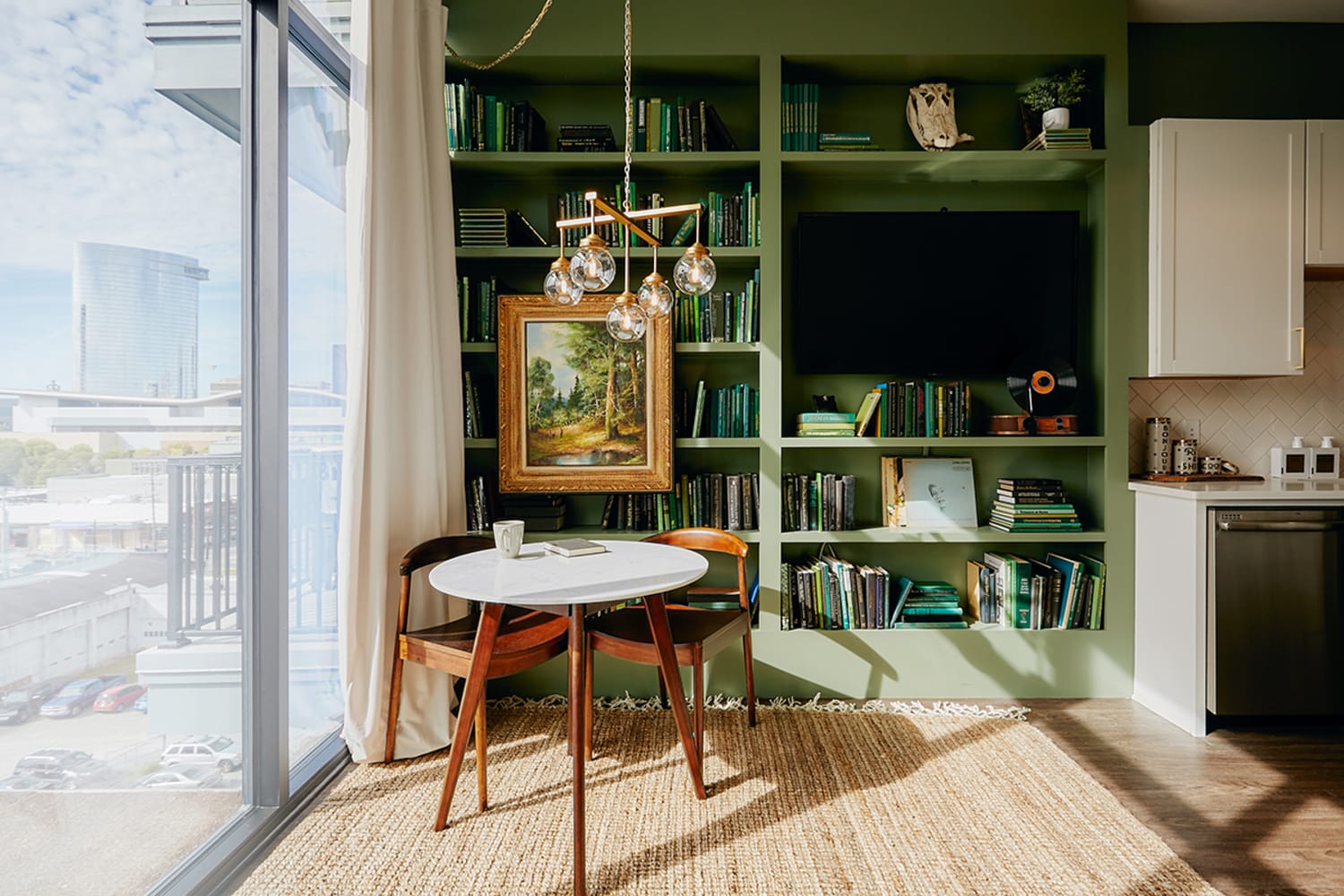Travelers are looking local as the tourism industry constricts. With long-haul flights dropping off and consumers finding solace in the safety of their cars, travel is harkening back to a pre-globalized tourism industry when rail and road trips were more accessible than air travel. Vacations “will probably look more like they did in the 1970s, before deregulation made air travel more affordable,” The New York Times predicts. “Think of highways with cars packed full of gear and children in the back asking, ‘Are we there yet?’”
Would-be travelers are staying closer to home, driving a local revival.


Airbnb reported an increase in local holidays in the wake of COVID-19. Since the pandemic began, the percentage of Airbnb bookings within 200 miles of renters’ homes has grown from a third in February to more than 50% in May. U. S. listings had more bookings between May 17 and June 3 than the same period in 2019, and the company reported a similar increase in domestic bookings in Germany, Portugal, South Korea and New Zealand.


In place of exotic trips that take them to the other side of the world, travelers are rediscovering the destinations in their own backyards. New luxury hotel Villa Copenhagen, which postponed its grand opening from April until July because of the pandemic, has shifted gears, running special offers appealing to local visitors.

Many countries are selectively opening up their borders, admitting regional travelers from neighboring areas. Starting June 15, Norway relaxed its borders to permit entry to visitors from Denmark, Finland and Iceland. On June 3, Austria lifted travel bans for all neighboring countries except Italy. As of May 15, Baltic residents can travel between Estonia, Latvia and Lithuania. Australia and New Zealand were two of the first countries to publicize plans for a “corona corridor,” although negotiations are still ongoing. Other planned national networks include Czech Republic, Slovakia, and Croatia, and Greece, Cyprus, and Israel.

These restricted routes are prompting a reclaiming of popular tourist destinations. In Denmark, landmarks like the Tivoli Gardens, Copenhagen Zoo, the National Museum of Denmark and the FC Copenhagen soccer stadium have been repurposed as temporary kindergartens. Residents in Barcelona, Paris, Venice, New York City and Amsterdam are seeing their cities through new eyes in the absence of tourists. “In March, all of a sudden, all we heard was Dutch around us,” Amsterdam native Fulco Blokhuis told Skift. “Suddenly you could see the real beauty of the city center, places we have avoided for years.”
Travel in a post-COVID world is shifting “from airplane to car, big city to small location, hotel to home,” Airbnb Inc. Chief Executive Officer Brian Chesky said in an interview. “We’ll all get back to moving again, but in a different way,” echoed Scott Tasker, a general manager at Auckland Airport in New Zealand. Until then, local pride is taking precedence.
Please provide your contact information to continue.
Related Content

For Arriana Yiallourides “It’s No Longer About Selling Ideas, It’s About Creating Them Together”

